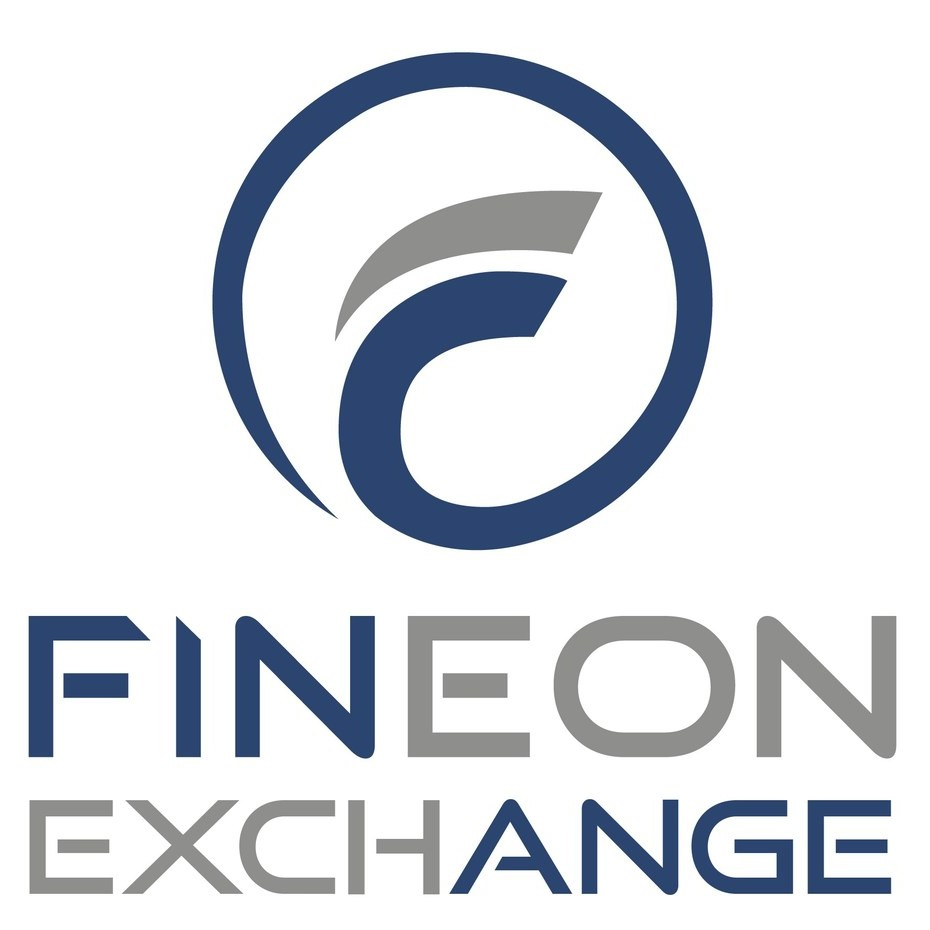The Critical Need for Digital Networks in Optimising Access to Trade Finance

- Hussein Al Amine, Head of Business Development and Global Strategic Alliances at Fineon Exchange
- 08.04.2022 04:15 pm #trade #finance
Global trade has faced a volatile landscape of significant and mounting challenges in recent years, despite strong overall commercial growth, which have had an impact on supply chains worldwide. The disruption caused by various trade wars, the pandemic and its aftermath, and latterly the recent Russia-Ukraine conflict, has resulted in greater uncertainty within an industry already fraught with many obstacles.
It is during such periods of volatility that exporters and importers typically look to the support of financial institutions (FIs) more than ever to aid their working capital. Yet, at a time when they need it most, many businesses are finding it increasingly difficult to secure trade finance. The global trade finance gap – already a bane for global trade – has grown to an all-time high of US$1.7 trillion – a staggering 15% increase between 2018 and 2020. Addressing the funding shortfalls is vital to not only helping the economy recover, but also to grow and expand, and create a new era of increased accessibility for trade finance.
Understanding the challenges
As part of their efforts to obtain funding, many exporters and importers are turning to trade finance intermediaries to provide support with deal structuring and help them to source investors and execute deals. As many traditional lenders have pulled away from financing certain sectors, intermediaries’ contacts often include non-bank financial institutions (NBFIs), whose numbers have increased in recent years to help fill the funding gap – yet the global trade finance gap is still growing.
To successfully bridge the gap therefore, it is important to understand the unique challenges trade finance participants are facing. A new global survey of intermediaries carried out by Fineon Exchange, has highlighted that the crux of the funding issue may not lie with a dearth of willing investors, nor a lack of quality deals.
With exactly half of the respondents stating that the biggest challenge is the shortage of bankable deals, and the other half feel the issue lies with a lack of lenders seeking to finance quality deals, this even split implies that both funder appetite and financeable deals exist in the marketplace. The challenge trade finance participants are facing could therefore be down to the unavailability of channels where compatible borrowers and funders can “find each other” and connect.
The matchmaking powers of technology
With the trade finance gap widening and many companies in urgent need of funding, it is critical that solutions are implemented that centre upon connecting the right stakeholders at the right time to truly optimise funding. This means more than providing a channel for these participants to find each other, it means enabling them to automatically be matched, with the speed and convenience of technology finding the right people for them. Specifically, digital, global networking platforms powered by artificial intelligence (AI), already exist and can greatly benefit all stakeholders within trade finance, including importers, exporters, brokers, funders and credit insurers.
Amongst other findings from the survey, there was consensus that the difficulties in accessing trade finance unduly affects SMEs and those in emerging markets in particular. Business size was identified as the most common bias (53%), followed by geography (41%), with many FIs deeming some emerging markets “high risk”, and SME transactions too small to justify the time and resources needed to meet KYC and compliance requirements.
By leveraging the rich, aggregated and transactional and compliance data available in the system, digital networking platforms can perform such compliance checks, validate requests for trade finance and subsequently provide streamlined matchmaking services that present users with counterparties that are compatible with their transaction needs or lending criteria/risk appetite – efficiently bringing who they need to them. Compliant with GDPR and data privacy laws, such platforms can maintain client data on a single cloud-based platform, thereby enhancing client management processes and transparency.
This is a gamechanger for trade finance, where existing methods of securing funding can take months of searching for interested parties, negotiations and inefficient correspondence. Clearly, leveraging digital networks adds great value to participants in the trade finance chain and considerably increases the likelihood of successful transactions through its wide pool of participants.
As with many solutions, and particularly networks, the greater the volume of participants, the more effective they are in being able to match transactions with the right funders – be that banks or NBFIs. Industry collaboration and support of these cutting-edge capabilities will therefore be pivotal to enabling their true potential – and deliver the much-improved access to finance needed to support business growth, regardless of sector, geography, and organisation size.
Read more about the survey in Fineon Exchange’s industry whitepaper, Trade Finance Optimisation: Connecting the Right People at the Right Time: https://fineon.net/whitepaper-2022/.




















